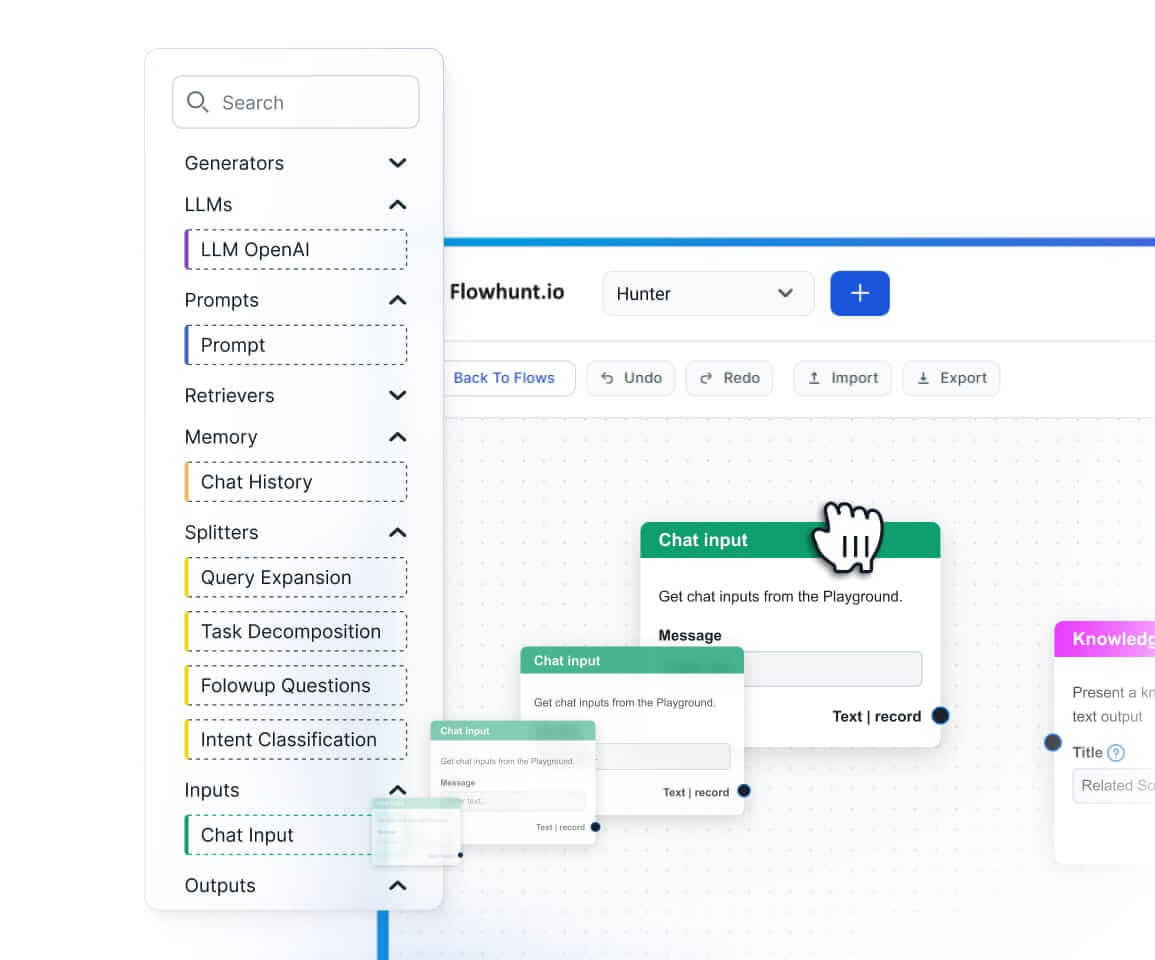
Retrieval vs Cache Augmented Generation (CAG vs. RAG)
Discover the key differences between Retrieval-Augmented Generation (RAG) and Cache-Augmented Generation (CAG) in AI. Learn how RAG dynamically retrieves real-t...
RAG enhances AI accuracy and relevance by integrating information retrieval systems with generative models, making responses more precise and up-to-date.
Retrieval Augmented Generation (RAG) combines information retrieval with generative models to enhance AI text accuracy, relevance, and currency by integrating external knowledge, useful in customer support and content creation.
Retrieval Augmented Generation (RAG) is an advanced AI framework that marries the strengths of traditional information retrieval systems with the capabilities of generative large language models (LLMs). This innovative approach enables AI to generate text that is more accurate, up-to-date, and contextually relevant by incorporating external knowledge into the generation process.
RAG systems operate by first retrieving relevant information from external databases or knowledge sources. This retrieved data is then fed into a generative model, such as a large language model, which uses it to produce informed and contextually appropriate responses. This dual mechanism enhances the AI’s ability to provide precise and reliable information, making it particularly useful in applications requiring current and specialized knowledge.
The RAG model is a specific implementation of the Retrieval Augmented Generation framework. It involves integrating retrieval mechanisms with generative models to leverage external data for enhancing text generation and their diverse applications in AI, content creation, and automation."). The RAG model is designed to overcome the limitations of standalone generative models by providing them with access to a broader and more dynamic knowledge base.
The RAG technique refers to the methodologies and strategies used to implement the Retrieval Augmented Generation framework. This includes the specific algorithms and processes for retrieving information and integrating it with generative models.
Retrieval-based Augmented Generation is another term for the RAG approach, emphasizing the retrieval aspect of the framework. It highlights the importance of sourcing and leveraging external data to augment the capabilities of generative models.
This approach outlines a systematic method for combining retrieval systems with generative models. It involves defining the processes and protocols for effectively integrating these components to achieve the desired outcomes.
By understanding and leveraging the concepts of Retrieval Augmented Generation, you can enhance the capabilities of AI systems, making them more powerful, accurate, and contextually relevant. Whether you are involved in AI development, content creation, or customer support, the RAG framework offers a robust solution for integrating external knowledge into generative models.
Explore more about Retrieval Augmented Generation and stay ahead in the rapidly evolving field of artificial intelligence.
With FlowHunt you can index knowledge from any source on Internet (e.g. your website or PDF documents) and use this knowledge to generate new content or customer support chatbots. As the source can be used even Google Search, Reddit, Wikipedia or other types of websites.
RAG is an AI framework that fuses information retrieval systems with generative large language models, allowing AI to generate more accurate and current text by using external data sources.
The RAG model retrieves relevant information from external sources and feeds it into a generative model, which then produces contextually appropriate and informed responses.
Benefits include improved accuracy, access to up-to-date information, and enhanced contextual relevance in AI-generated responses.
RAG is used in customer support, content creation, research, and any application requiring accurate, contextually rich, and current AI-generated text.
FlowHunt lets you index knowledge from sources like websites or PDFs and use it for content generation or chatbots, integrating retrieval with advanced generative models.
Leverage Retrieval Augmented Generation to build smarter chatbots and automated content solutions. Index knowledge from any source and enhance your AI capabilities.
Discover the key differences between Retrieval-Augmented Generation (RAG) and Cache-Augmented Generation (CAG) in AI. Learn how RAG dynamically retrieves real-t...
Question Answering with Retrieval-Augmented Generation (RAG) combines information retrieval and natural language generation to enhance large language models (LL...
Boost AI accuracy with RIG! Learn how to create chatbots that fact-check responses using both custom and general data sources for reliable, source-backed answer...



